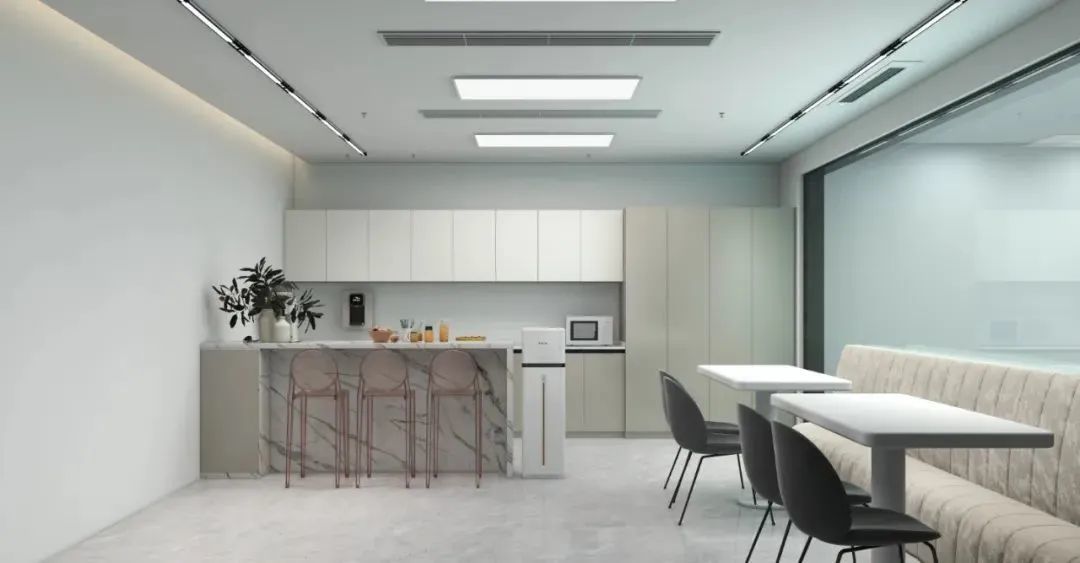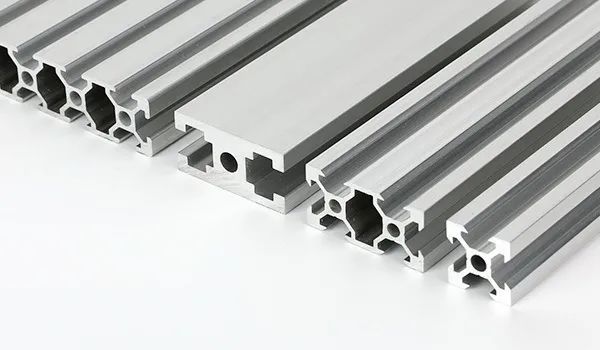Causes and Solutions of Yellowing of Electrophoresis Aluminum Profile
Release time:
2022-06-13
How can we know the causes of yellowing of electrophoretic aluminum profiles and the solutions? Let's take a detailed look at the following.
How can we know the causes and solutions of the yellowing of the electrophoretic aluminum profile? Let's have a detailed understanding of the following.
Industrial aluminum profiles have poor contact with conductive rods, the contact resistance will be greatly increased, the end of the profile will generate heat, and the oxide film will be formed too Fast and accompanied by combustion, even the oxide film will be powdered.
The oxide film is honeycomb, and its porous structure determines that sulfuric acid will remain in the pores of the oxide film. It is well known that if the contour used for electrophoresis is not completely washed with water, it may yellow. For such yellowing, it is generally considered that the acid group in the pores of the oxide film reacts with the electrodeposition coating material to cause yellowing of the electrodeposition coating film. In fact, this yellowing is not the yellowing of the paint film, but the yellowing of the oxide film.
Ordinary oxide films are transparent. If more sulfate remains in the oxide film pores, the oxide film will react with sulfate under high temperature conditions, so that the transparent oxide film becomes cloudy and transparent. At the same time, due to the high transparency of the electrodeposition coating film and the high reflectance of light, the defect is further amplified and so-called yellowing is formed. Therefore, it is very important to wash several times before electrophoresis, not only to ensure the quality of the washing water, but also to ensure the washing temperature and washing time.
The current market use of electrophoretic paints is basically that they are all baked and cured at 180°C x 30min. Under normal conditions, the paint film does not substantially turn yellow. However, the curing furnace temperature of some aluminum profile manufacturers is very uneven, and the local temperature difference even exceeds 30°C. Some manufacturers' curing oven temperature control systems are poor, and the actual temperature is too different from the displayed temperature.
High quality electrophoretic paint can withstand such extreme conditions. Some electrophoretic paints do not turn yellow even when baked at 230°C. In order to prevent the occurrence of yellowing, the uniformity of the furnace temperature and the sensitivity of the temperature control system must be maintained, and high-quality electrophoretic paint must also be used.
Anodic electrophoretic paint is mainly composed of acrylic resin and amino resin. During the baking process of the electropherogram, the resin undergoes a cross-linking reaction to produce a smooth and transparent coating film. However, due to the immature production process of some electrophoretic paint manufacturers, or the use of inferior chemical raw materials to reduce costs, the curing range is relatively narrow.
Contact Information
Customer Service Tel: +86-539-7177878
Mailbox: kemet@sdkemet.com
Zip Code: 273400
Address: Linyi City, Shandong Province
Copyright©2023 Kemet New Materials Technology Co., Ltd. All Rights Reserved





